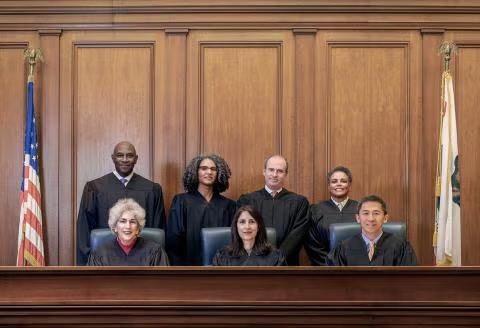Better Together: Mentor Matchups as a Buffer for Employee Retention
As an employer, there is nothing more disheartening than finding the “perfect employee,” and then losing that employee and having to start the hiring process back at square one. Recently, Forbes contributor Robert Sher delved into this issue and put forth a solution: mentorship. By pairing new hires up with experienced colleagues – not just managers, but peers – companies can implement a team-led solution to the problem of retention without relying too heavily on HR to handle employee onboarding, integration, and continued performance.
Sher talked with Kevin Peterson, CEO of SoCal-based engineering firm P2S, about his company’s “interactive mentorship” program. Peterson emphasized the importance of not only a team-led approach to mentoring, but also a system in which mentors meet with each other periodically to offer support and discuss their ideas, successes, and reflections. This group of mentors can then report to supervisors and managers on the new hires’ progress on settling in, and on the mentoring program as a whole. Leadership, then, can weigh in and offer strategies for aligning the mentors’ approaches with the company’s expectations and goals. They can also use the information and questions gathered from the mentees to improve company systems and communication.
A manager asking a subordinate how they are “settling in” is a vague question and will not elicit the same level of comfort, openness, or honesty as will a peer-to-peer check-in. Similarly, meeting with HR for a temperature check can feel a bit procedural and impersonal for a new(ish) hire. For these reasons and more – team accountability, ownership, and cohesion, to name a few – the mentorship program should be team-led if it is to succeed, says Peterson. Plus, pairing mentors and mentees from the same team increases the level of engagement that longer-term employees will have with newcomers, which will improve new-hire integration and, in turn, retention.
Sher and Peterson offer several pointers for keeping an interactive mentorship program on track. First, participation should be mandatory, not voluntary, for all new-hires and their mentors. Second, although the mentorship is team-led, some HR and/or leadership oversight is key – for example, to assign mentors to mentees, to ensure continued participation and efficacy of the program, and to gather evaluations and feedback about the program from both mentors and mentees. Mentors should routinely discuss their session plans with a designated HR or managerial contact person to ensure the content is kept relevant and beneficial. They should also act as the liaison between their mentees and leadership for issues that come up during sessions, such as inadequate training or unclear communication of company goals, purpose, or policies.
You can read the full Forbes article capturing Sher’s and Peterson’s conversation here.
Insights
OUR BLOG


